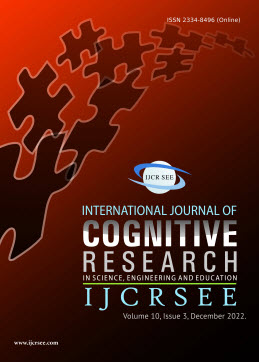Recognition of Facial Expressions Based on Information From the Areas of Highest Increase in Luminance Contrast
Recognition of Facial Expressions Based on Information From the Areas of Highest Increase in Luminance Contrast
Author(s): Vitali Babenko, Daria Alekseeva, Denis Yavna, Ekaterina Denisova, Ekaterina Kovsh, Pavel ErmakovSubject(s): Social Sciences, Psychology
Published by: Удружење за развој науке, инжењерства и образовања
Keywords: expression recognition; saliency; total luminance contrast; second-order visual filters
Summary/Abstract: It is generally accepted that the use of the most informative areas of the input image significantly optimizes visual processing. Several authors agree that, the areas of spatial heterogeneity are the most interesting for the visual system and the degree of difference between those areas and their surroundings determine the saliency. The purpose of our study was to test the hy-pothesis that the most informative are the areas of the image of largest increase in total luminance contrast, and information from these areas is used in the process of categorization facial expressions. Using our own program that was developed to imitate the work of second-order visual mechanisms, we created stimuli from the initial photographic images of faces with 6 basic emotions and a neutral expression. These images consisted only of areas of highest increase in total luminance contrast. Initially, we determined the spatial frequency ranges in which the selected areas contain the most useful information for the recognition of each of the expressions. We then compared the expressions recognition accuracy in images of real faces and those synthe-sized from the areas of highest contrast increase. The obtained results indicate that the recognition of expressions in synthe-sized images is somewhat worse than in real ones (73% versus 83%). At the same time, the partial loss of information that oc-curs due to the replacing real and synthesized images does not disrupt the overall logic of the recognition. Possible ways to make up for the missing information in the synthesized images are suggested.
Journal: International Journal of Cognitive Research in Science, Engineering and Education (IJCRSEE)
- Issue Year: 10/2022
- Issue No: 3
- Page Range: 37-51
- Page Count: 15
- Language: English

